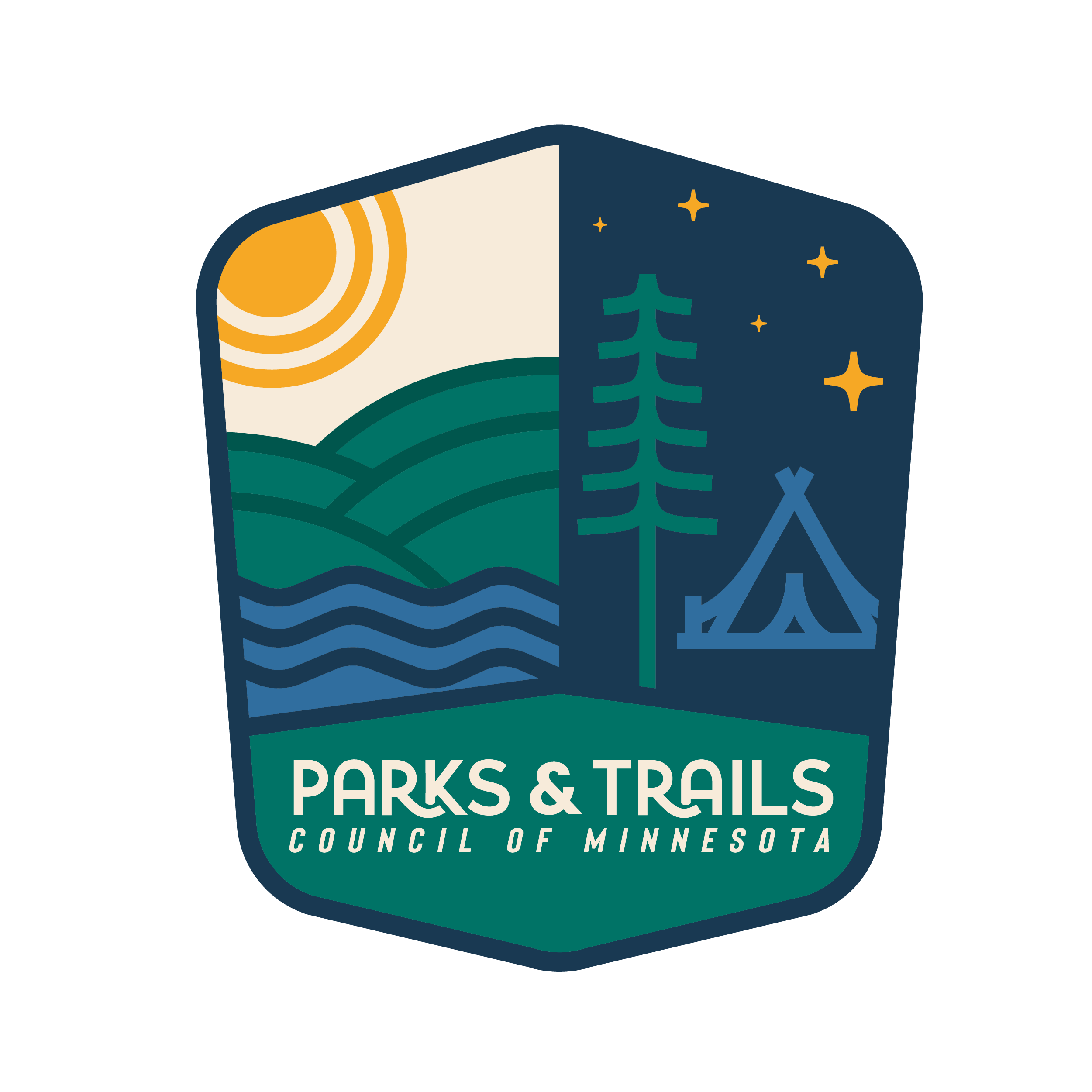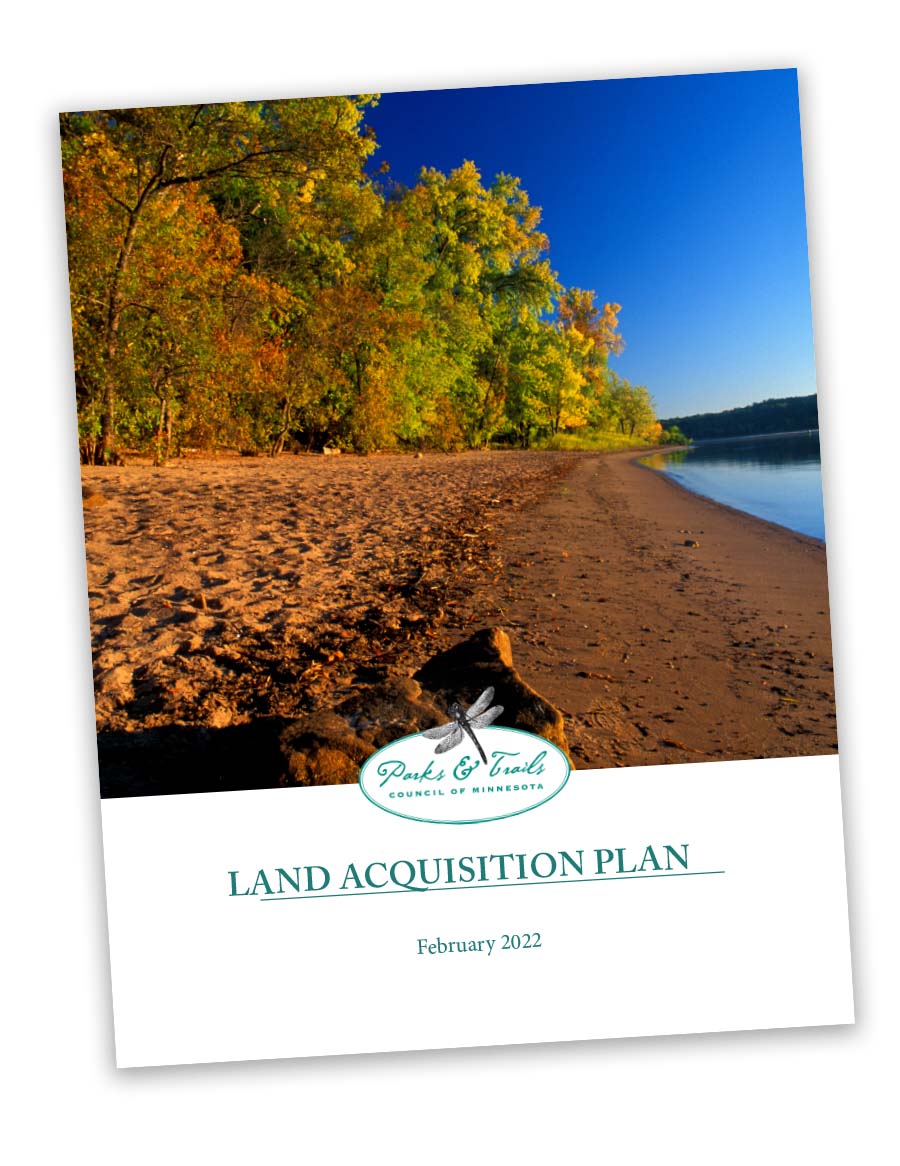
Updated Land Plan upholds our commitment to parks and trails
Land acquisition has been a core element of our work at Parks & Trails Council (P&TC) since 1967, when our leaders made the bold move to buy a prime piece of property along the St. Croix River that they believed should be made into a public park. This led to the creation of Afton State Park and a new land acquisition program for P&TC.
Since that time, P&TC has played a critical role in adding more than 9,000 acres to Minnesota’s parks and trails. Sometimes that has been to create an entire park, but more often we purchase a small yet invaluable parcel that contributes to the unique sense of place for that park or trail.
This year, we worked to uphold our commitment to this work by completing an update to our Land Acquisition Plan. This document lays out the principles that form the bedrock of this program, as well as the criteria we apply in evaluating potential projects.
The original plan was developed in 2011 by P&TC with the help of a consultant. Since that time the plan has provided important direction. Now, after ten years, it was time to put a microscope to the plan to see if any new dynamics precipitated a change.
An ad-hoc committee of P&TC’s board of directors oversaw the update process. They reviewed numerous plans developed by agencies, organizations and funding entities within Minnesota.
Overall, they found a common theme running through many of these plans, which matched P&TC’s vision of an interconnected and integrated network of parks and trails across the state that is valued by Minnesotans and its guests.
This plan ensures our Land Fund is targeted to projects that matter most to an interconnected system of parks and trails across Minnesota.
Brett Feldman, P&TC President
Similar priorities include acquiring:
- Park inholdings and trail gaps;
- High quality natural areas,
- Unique natural features and shoreland;
- Land in close proximity to population centers and concentrations of underserved populations;
- Land that is accessible and connects people to the outdoors.
The committee considered a variety of factors and trends—demographic, recreational and environmental—that influence planning outcomes and considerations on how to best use resources.
After this careful analysis, the committee reaffirmed the principles and evaluation criteria that were established in the original plan.
The updated plan proactively defines land acquisition priorities in a transparent way and presents an objective land acquisition process to its partners, members and the public.
About Lisa Filter
News Categories
Recent News
-
Three Friends Groups receiv... April 3, 2024
-
Meet the Friends of Munger ... April 3, 2024
-
Special Places Newsletter S... March 1, 2024
-
Get to know e-bike rules in... January 25, 2024
-
Indigenous informed managem... January 24, 2024

